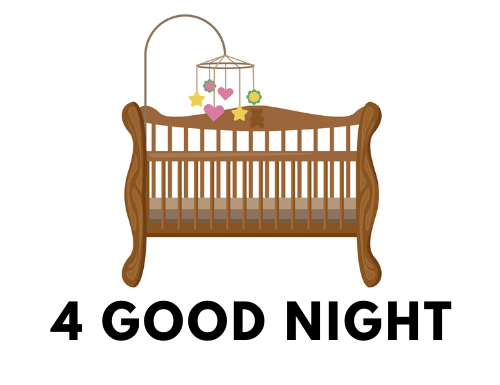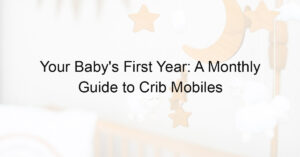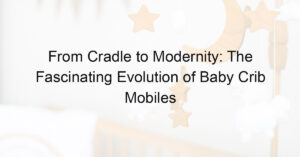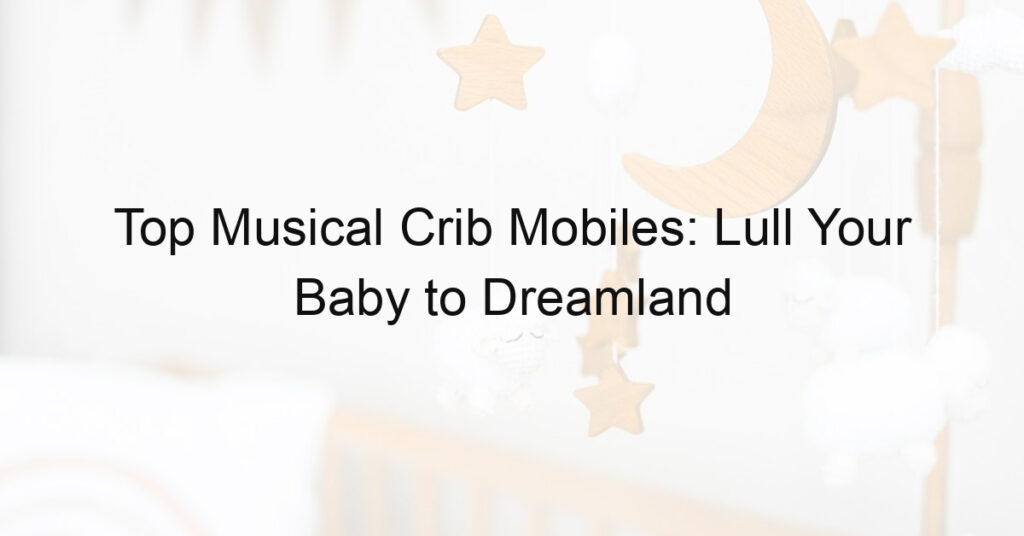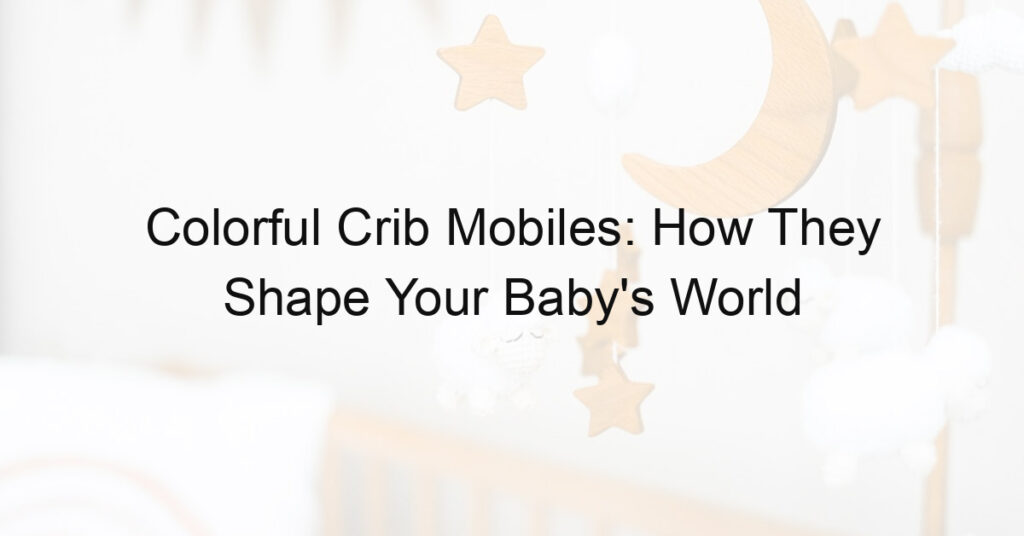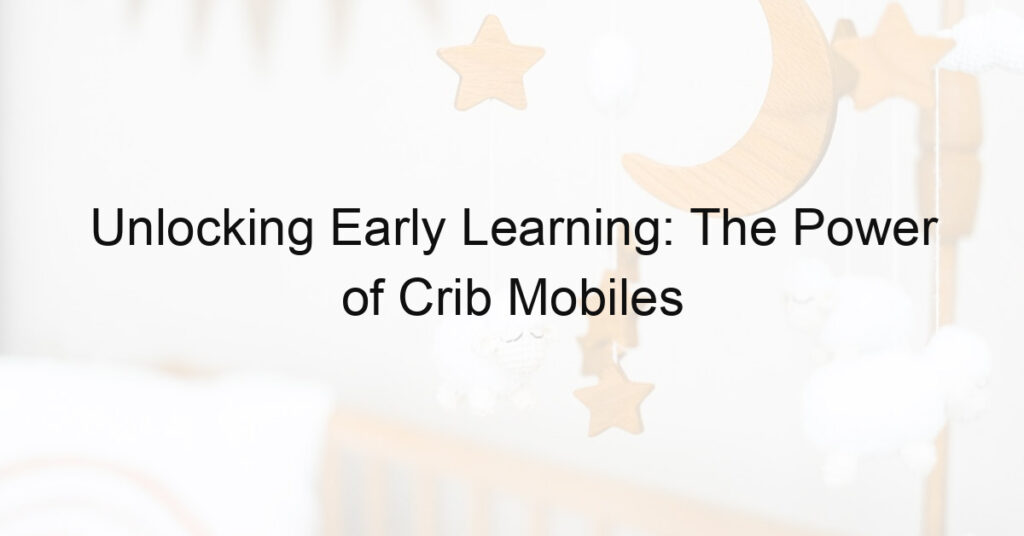When you’re preparing for a new baby, one of the most important decisions you’ll make is where they’ll sleep. Two of the most common options are bassinets vs cribs.
Understanding the differences between the two can help you make an informed decision that’s right for your family.
Bassinets are small, portable beds that are designed for infants. They’re typically made of lightweight materials and can be moved easily from room to room.
Cribs, on the other hand, are larger and more permanent. They’re designed to be used for several years, and they can often be converted into toddler beds as your child grows.
While both bassinets and cribs have their advantages, there are some important factors to consider when choosing Bassinet vs Crib.
Understanding Bassinets
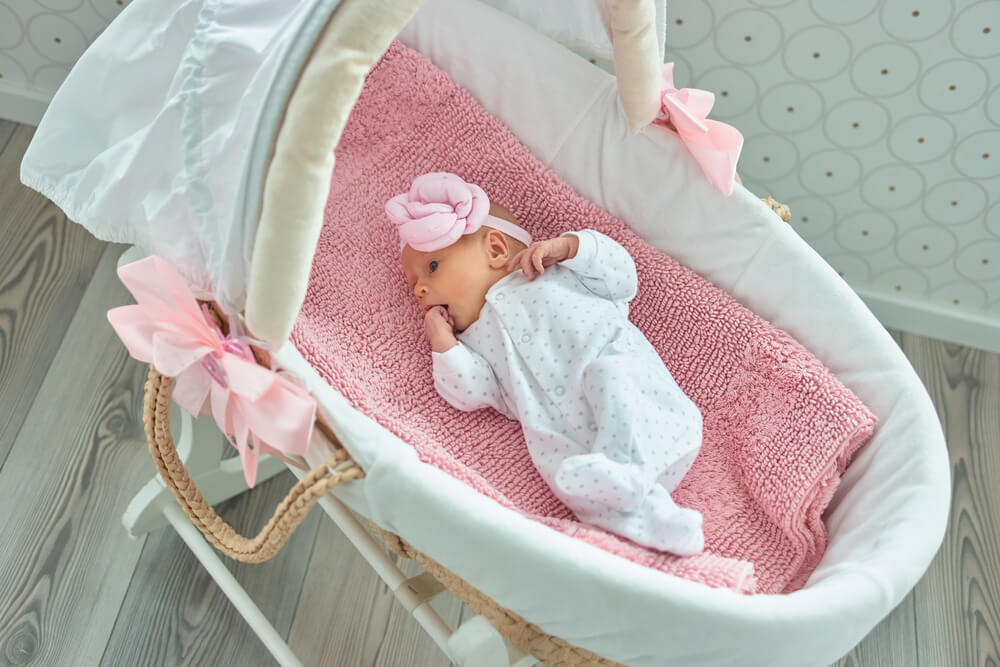
If you’re expecting a baby, you’ve probably heard about bassinets and cribs. While both are safe places for your baby to sleep, there are differences between the two.
In this section, we’ll explore the features, benefits, and drawbacks of bassinets to help you make an informed decision.
Features of Bassinets
Bassinets are smaller than cribs and are designed for infants from birth to about four months old. They are typically made of lightweight materials, such as wicker or fabric, and are easy to move from room to room.
Some models come with wheels, making it even easier to move them around.
Bassinets usually have a hood or canopy that can be pulled down to block out light and noise, creating a cozy and comfortable sleeping environment for your baby.
Some models also have built-in vibration and sound features, which can help soothe your baby to sleep.
Benefits of Bassinets
One of the main benefits of a bassinet is that it allows you to keep your baby close to you during those early months. This can be especially helpful if you’re breastfeeding, as it makes nighttime feedings more convenient.
Bassinets are also smaller than cribs, so they take up less space in your home. This can be especially beneficial if you live in a small apartment or have limited space in your bedroom.
Another benefit of bassinets is that they can be more affordable than cribs. While there are high-end models that can cost several hundred dollars, there are also budget-friendly options available for around $60 to $135.
Drawbacks of Bassinets
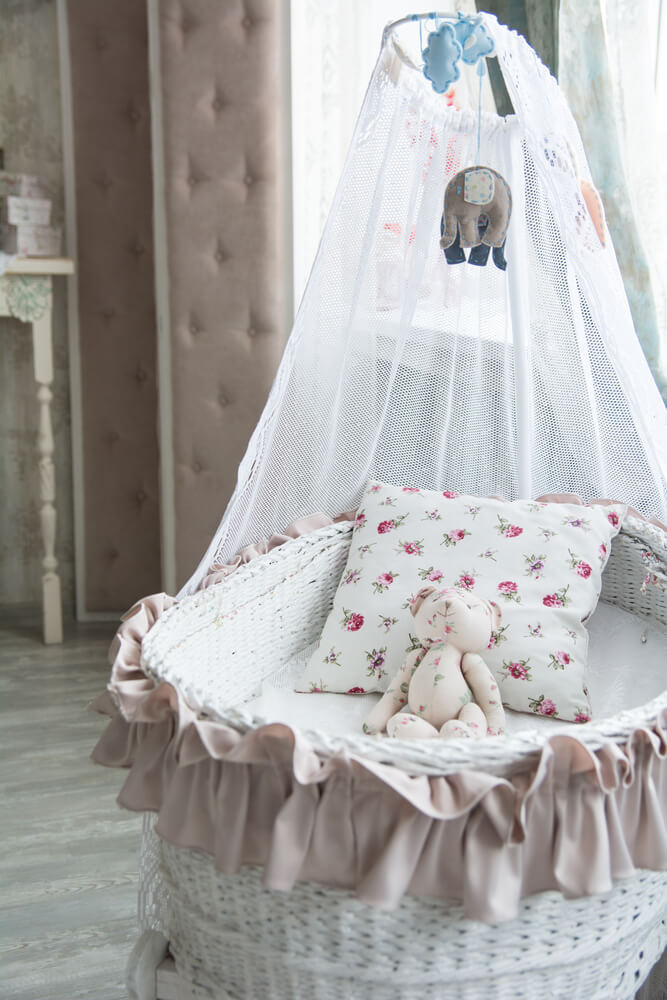
While bassinets have their benefits, there are also some drawbacks to consider. One of the main drawbacks is that your baby will outgrow the bassinet quickly.
Most babies will outgrow a bassinet by the time they reach four months old, which means you’ll need to transition them to a crib.
Another drawback of bassinets is that they are not as sturdy as cribs. Because they are made of lightweight materials, they can tip over if your baby moves around too much.
This means you’ll need to keep a close eye on your baby while they’re in the bassinet.
Overall, bassinets can be a great option for parents who want to keep their baby close during those early months.
They are smaller, more portable, and can be more affordable than cribs. However, they do have their drawbacks, so it’s important to weigh the pros and cons before making a decision.
Understanding Cribs
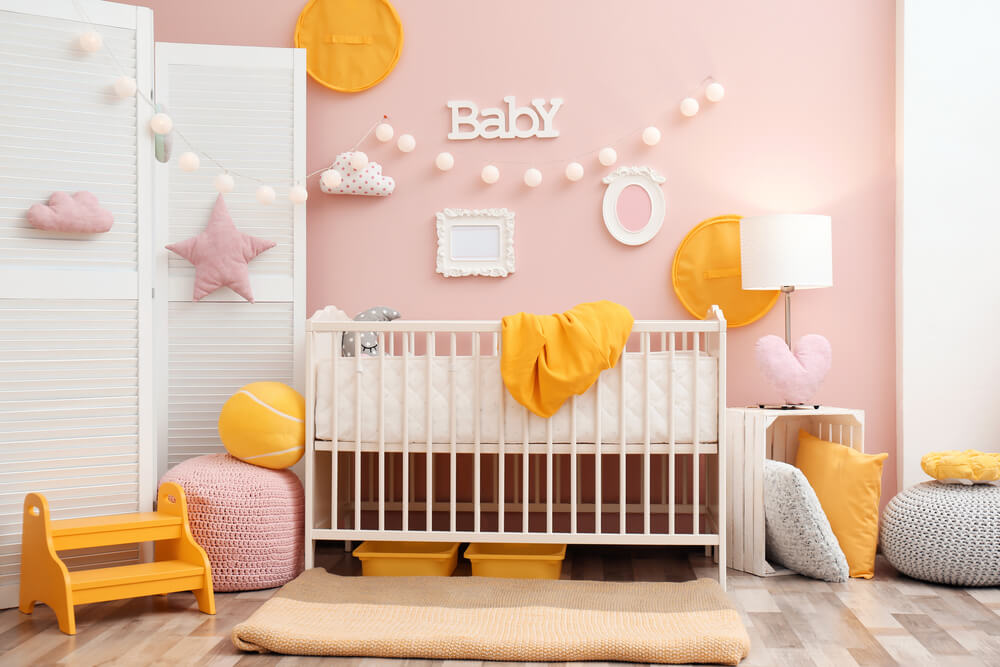
When it comes to choosing a bed for your baby, a crib is a popular option. Cribs are designed to provide a safe and comfortable sleeping environment for your little one.
Let’s take a closer look at the features, benefits, and drawbacks of cribs.
Features of Cribs
Cribs come in a variety of styles and sizes, but they all share some common features. Here are some key features to look for when choosing a crib:
- Adjustable mattress height: Most cribs allow you to adjust the height of the mattress as your baby grows. This ensures that your baby is safe and secure in the crib.
- Slats or bars: Cribs have slats or bars on the sides to keep your baby from falling out. The distance between the slats or bars should be no more than 2 3/8 inches to prevent your baby’s head from getting stuck.
- Convertibility: Some cribs can be converted into toddler beds or even full-size beds, which can save you money in the long run.
Benefits of Cribs
Cribs offer several benefits over other types of baby beds. Here are some of the advantages of using a crib:
- Safety: Cribs are designed to meet strict safety standards to ensure that your baby is safe while sleeping.
- Comfort: Cribs provide a comfortable sleeping environment for your baby, with a firm mattress and breathable bedding.
- Longevity: With the ability to convert into a toddler bed or full-size bed, a crib can last for several years.
Drawbacks of Cribs
While cribs have many benefits, there are also some drawbacks to consider. Here are some potential drawbacks of using a crib:
- Cost: Cribs can be expensive, especially if you opt for a convertible model.
- Size: Cribs take up a lot of space, which can be a problem if you have a small nursery.
- Mobility: Cribs are not very portable, which can be a problem if you want to move your baby’s bed from room to room.
Overall, cribs are a popular and practical choice for parents who want a safe and comfortable sleeping environment for their babies.
By understanding the features, benefits, and drawbacks of cribs, you can make an informed decision about whether a crib is the right choice for your family.
Comparing Bassinets vs Cribs
When it comes to choosing between a bassinet and a crib for your baby’s sleeping needs, there are several factors to consider. Here are some of the key differences between the two options:
Safety
Both bassinets and cribs are safe places for your baby to sleep. However, there are some safety considerations to keep in mind.
Bassinets are typically smaller and more portable, which can be convenient for keeping your baby close by during the night.
However, they are also designed for younger infants and may not be as sturdy as a crib. Cribs, on the other hand, are larger and more durable but may not fit as well in smaller spaces.
Regardless of which option you choose, it’s important to make sure that it meets current safety standards. Look for products that have been certified by organizations like the Juvenile Products Manufacturers Association (JPMA) or the Consumer Product Safety Commission (CPSC).
Convenience
Bassinets are generally more convenient than cribs in terms of portability and space-saving. They are often designed to be easy to move from room to room and take up less space than a full-sized crib.
This can be particularly helpful if you want to keep your baby close by during the night or if you have limited space in your home.
However, as your baby grows, they will eventually outgrow a bassinet and need to transition to a crib. This can be a difficult transition for some babies, so it’s important to consider whether you want to go through this process twice or if you’d prefer to start with a crib from the beginning.
Longevity
Cribs are designed to last longer than bassinets, which can make them a more cost-effective option in the long run.
While a bassinet may only be suitable for the first few months of your baby’s life, a crib can be used for several years.
Many cribs are designed to convert into toddler beds or even full-sized beds, which means that you can continue to use them as your child grows.
Cost
When it comes to cost, bassinets are generally less expensive than cribs. However, this is largely due to the fact that they are designed to be used for a shorter period of time.
A good-quality bassinet can cost between $60 and $135, while a mid-range crib can cost between $150 and $450. Keep in mind that you will also need to purchase a mattress and bedding for whichever option you choose.
Ultimately, the decision between a bassinet and a crib will depend on your individual needs and preferences. Consider factors like safety, convenience, longevity, and cost when making your decision.
Factors to Consider When Choosing
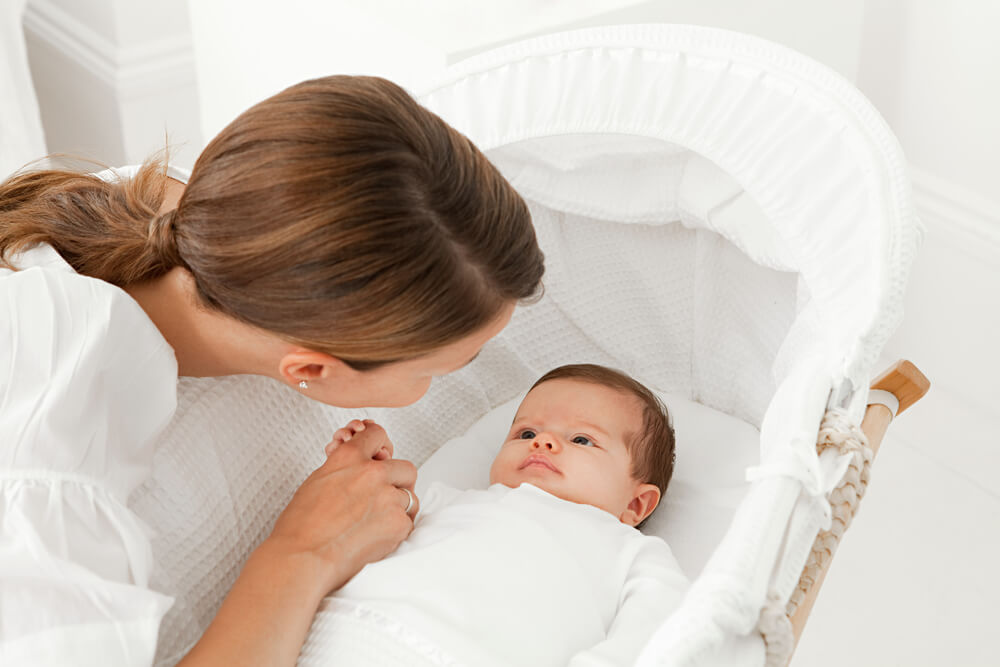
When deciding between a bassinet and a crib, there are several factors to consider. Here are some things to keep in mind:
Age and Size of Your Baby
Bassinets are ideal for newborns and younger infants, as they provide a smaller, cozier sleeping space that can help them feel more secure.
Yet, as your baby grows, they may outgrow the bassinet and require a larger sleeping space. Cribs, on the other hand, can accommodate babies of all ages and sizes, and can be used up to the toddler years.
Space and Portability
If you have limited space in your home or want to keep your baby close by, a bassinet may be the best option. Bassinets are smaller and more portable than cribs, making them easier to move from room to room or take with you when traveling.
Nevertheless, if you have more space and want a more permanent sleeping solution, a crib may be a better choice.
Safety
Both bassinets and cribs must meet certain safety standards, but it’s important to do your research and choose a product that has been thoroughly tested and certified.
Look for a bassinet or crib that has a sturdy, stable base and secure sides that can’t be easily pushed down by a curious baby.
Additionally, make sure the mattress fits snugly and is firm to prevent suffocation.
Cost
Bassinets are generally less expensive than cribs but keep in mind that your baby may outgrow a bassinet more quickly.
Cribs can be a more expensive upfront investment, but they can last for several years and maybe a better value in the long run.
Personal Preference
Ultimately, the decision between a bassinet and a crib may come down to personal preference. Some parents prefer the convenience and portability of a bassinet, while others prefer the durability and longevity of a crib.
Consider your lifestyle, budget, and individual needs when making your decision.
Conclusion
When it comes to choosing between a bassinet and a crib, there are several factors to consider. Both options have their advantages and disadvantages, and ultimately, the decision will depend on your personal preferences and needs.
If you have limited space or plan to move the sleeping area frequently, a bassinet may be a better option. Bassinets are generally smaller and more portable than cribs, making them ideal for smaller homes or apartments.
They are also easier to move from room to room, so you can keep your baby close by during the day.
On the other hand, if you are looking for a long-term solution, a crib may be a better investment. Cribs are larger and more durable than bassinets, and they can be used for several years as your child grows.
They also offer more options for customization, such as adjustable mattress heights and convertible designs that can be transformed into toddler beds.
When it comes to safety, both bassinets and cribs are generally safe options as long as they meet current safety standards.
However, it is important to carefully inspect any sleeping area before use to ensure that it is in good condition and free from any hazards.
Ultimately, the decision between a bassinet and a crib will depend on your personal preferences, lifestyle, and budget.
By considering the pros and cons of each option, you can make an informed decision that will provide a safe and comfortable sleeping environment for your little one.
Frequently Asked Questions
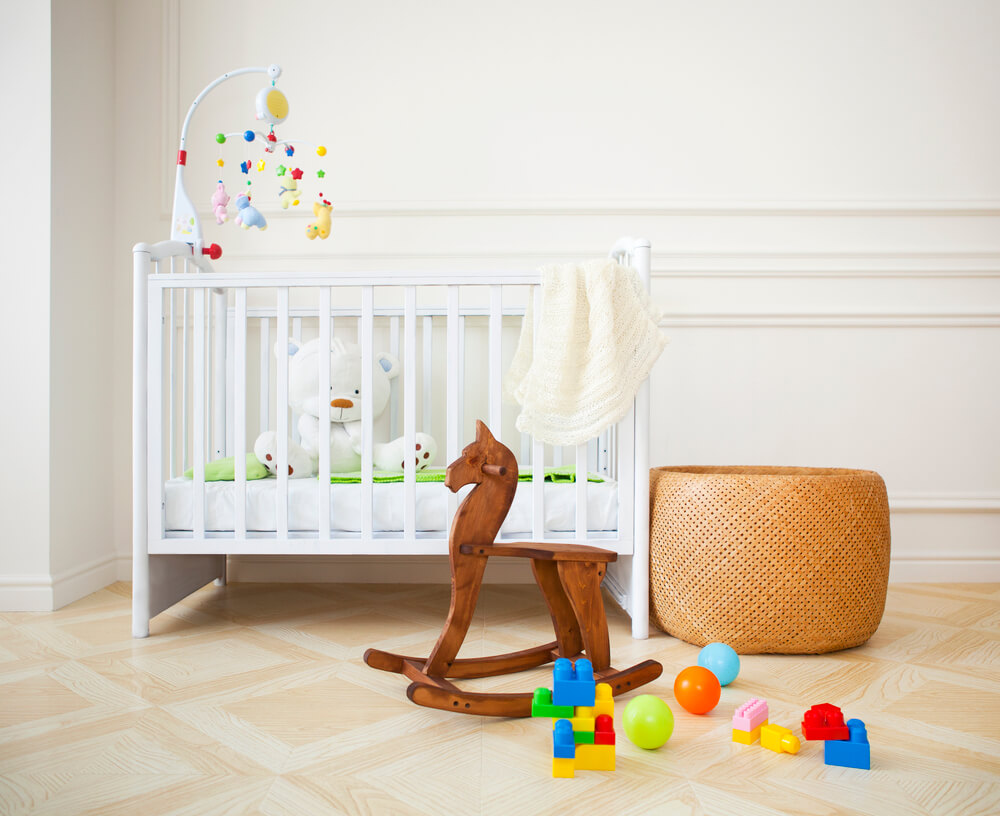
What are the differences between a bassinet and a crib?
A bassinet is a small, portable bed that is designed for newborns and young infants. It is usually made of soft materials and can be easily moved from room to room.
A crib, on the other hand, is a larger and more permanent sleeping space that is designed for older babies and toddlers. Cribs are typically made of wood or metal and come in a variety of styles and sizes.
Is a bassinet or a crib better for a newborn?
Both bassinets and cribs are safe for newborns as long as they follow safe sleep guidelines. However, a bassinet may be a better choice for the first few months of your baby’s life because it provides a smaller, cozier sleeping space that can help your baby feel more secure.
How long can a baby sleep in a bassinet?
Most bassinets are designed for babies up to around 6 months old or until they start to roll over or sit up on their own. After that, it’s time to transition your baby to a crib.
What are the advantages of a 4-in-1 bassinet crib?
A 4-in-1 bassinet crib is a versatile piece of furniture that can be used as a bassinet, a crib, a toddler bed, and a full-size bed.
This means that you can use it for your baby from birth all the way through their teenage years, making it a great long-term investment.
Can a pack-n-play be used instead of a crib or bassinet?
Yes, a pack-n-play can be used as a safe sleeping space for your baby. It is designed to be portable and can be easily moved from room to room, making it a great choice for families who travel frequently or who need a temporary sleeping space for their baby.
What are the benefits of a bedside bassinet?
A bedside bassinet is designed to attach to the side of your bed, allowing your baby to sleep close to you while still having their own separate sleeping space.
This can make it easier to breastfeed or soothe your baby during the night and can also help reduce the risk of SIDS.
